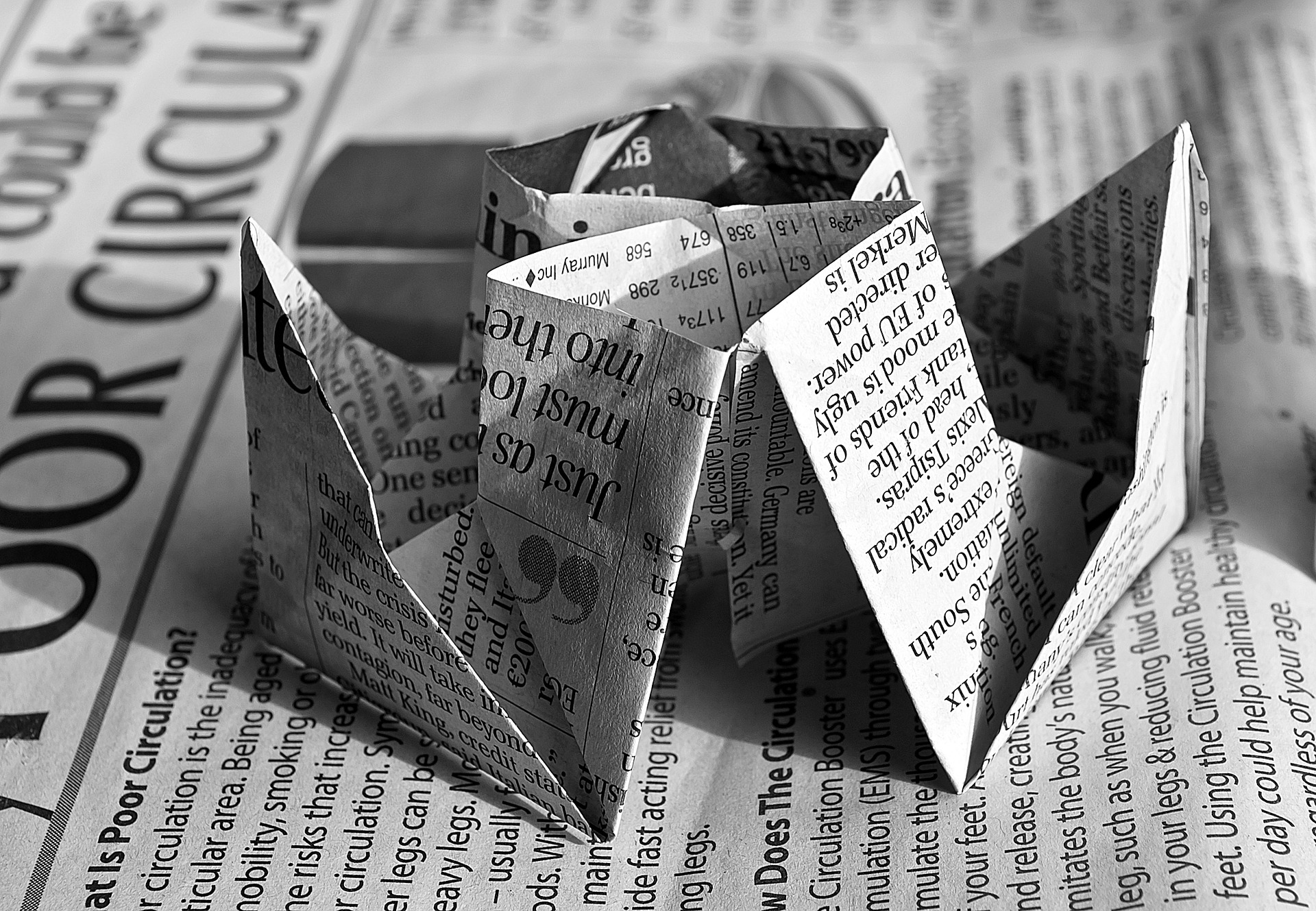“Waste nothing” was my mother’s battle cry. A survivor of the Great Depression, my mother was a conservationist before it became popular. There was a drawer in our kitchen that held oddly shaped, lightly used pieces of aluminum foil and waxed paper, used plastic bags and anything else that could be recycled – not by putting it outside in a bin, but by using it again (and again and again).
Mom could hear a piece of tin foil being ripped wherever she was in the house. “Did you check the drawer?” she would yell to the alleged offender.
The habits she instilled have come in handy during COVID-19 when I may not find any tin foil, plastic wrap or paper products at the supermarket. What a great time to have a drawer, like Mom had, for items that could stand a second tour of duty, for a piece of tin foil that has lived to serve another round.
Our disposable culture encouraged, well, disposing of things without even thinking about their re-use. They say necessity is the mother of invention, and my mom was the mother of re-invention. She stretched things by darning socks, sewing on buttons, and often bought things used that she could spruce up or re-purpose. Yesterday’s newspaper could be tomorrow’s paper hat or flibber.
Mom was also eager to pass things along so others could use them. “It doesn’t owe you anything,” she’d say, in her crisp, no-nonsense way, if I were deliberating whether or not to part with a used but still useful sweater. I don’t always find it as easy to part with things as Mom did. It’s no wonder she spent her retired years volunteering at a charity thrift shop and a book store operated by the Free Library of Philadelphia.
Mom passed away last year, and this is my first Mother’s Day without her. But she’s always here, reminding me before I buy something new, that something old may do just as well. And, to pass along anything I don’t need to someone who could use it.


